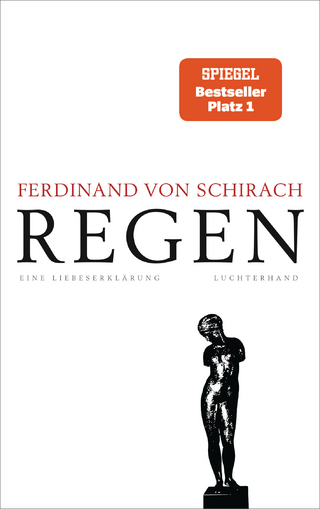
Tombs in Shakespearean Drama
Routledge (Verlag)
978-1-032-34308-2 (ISBN)
Tombs in Shakespearean Drama explores the rhetorical deployment of tombs and monuments on the early modern stage, demonstrating their historiographic power and mythmaking potential. By analyzing references to tombs in plays by Shakespeare and others in conjunction with extant monuments, this volume demonstrates how these references function in two overlapping ways in period drama: monuments act as repositories of information about the past, and they allow the living to construct and preserve fictive narratives.
The stage exposes the flimsy materiality of paper, placing less value on the written word than period poetry. In this way, critics have perhaps oversold as universal Shakespeare’s poetic praise of stone. Tombs within plays act as a powerful historical and narrative medium, raising the stakes to provide the stage with the illusion of permanency. Playwrights use tombs to anchor the stage action, giving a sense of lasting importance to dramatic events and combatting the ephemeral nature of the playhouse. In drama, Shakespeare and others drew on the persona preserved on tombs; this volume widens our view of how these representations interacted in the commemorative economy of early modern England. Within the playhouse, it was the tomb, not the tome, that stood as a symbol of permanence.
H. Austin Whitver is a Senior Instructor at the University of Alabama, Tuscaloosa. He received his Ph.D with a focus on Early Modern Drama from the University of Alabama through The Hudson Strode Program in Renaissance Studies. He has published articles in Studies in English Literature: 1500–1900 and Journal for Early Modern Cultural Studies and is a regular contributor to the Shakespeare Association of America conference.
Introduction: Monumental theater
Chapter One: "My heart… shall be thy sepulchre": Shakespeare’s early monumental experimentation
Chapter Two: "A royal fellowship of death": Tombs in Shakespeare’s second tetraology
Chapter Three: "His bruisèd helmet and his bended sword": Henry V’s material mnemonics
Chapter Four: "Let my gravestone be your oracle": Fashioning tombs to speak to the future
Chapter Five: "No trophy, sword, nor hatchment o’er his bones": Changing the status of the dead
Chapter Six: "Does not the stone rebuke me?" Tombs that preach and teach
Conclusion: "Two dishes, but to one table"
| Erscheinungsdatum | 12.12.2022 |
|---|---|
| Reihe/Serie | Routledge Studies in Shakespeare |
| Zusatzinfo | 2 Halftones, black and white; 2 Illustrations, black and white |
| Verlagsort | London |
| Sprache | englisch |
| Maße | 152 x 229 mm |
| Gewicht | 439 g |
| Themenwelt | Literatur ► Lyrik / Dramatik ► Dramatik / Theater |
| Kunst / Musik / Theater ► Theater / Ballett | |
| Geisteswissenschaften ► Sprach- / Literaturwissenschaft ► Anglistik / Amerikanistik | |
| Geisteswissenschaften ► Sprach- / Literaturwissenschaft ► Literaturgeschichte | |
| Geisteswissenschaften ► Sprach- / Literaturwissenschaft ► Literaturwissenschaft | |
| ISBN-10 | 1-032-34308-7 / 1032343087 |
| ISBN-13 | 978-1-032-34308-2 / 9781032343082 |
| Zustand | Neuware |
| Haben Sie eine Frage zum Produkt? |
aus dem Bereich


